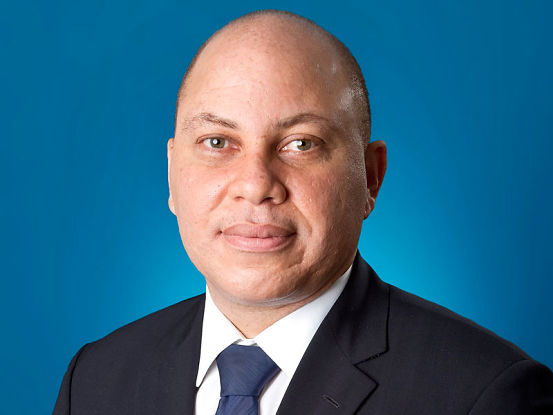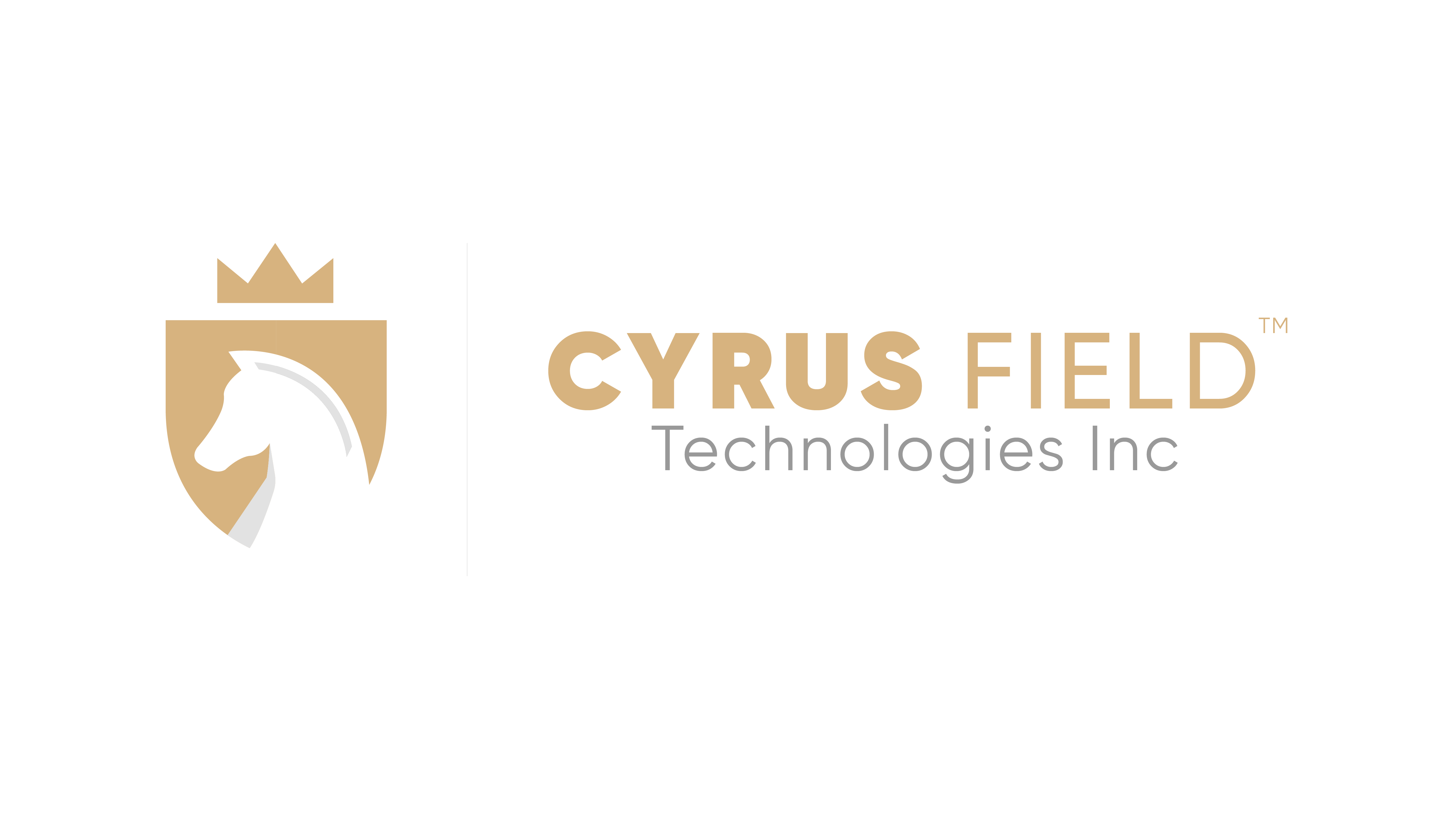Over the past year, the price of Pulse Investments (PULS) shares has more than doubled, increasing by over 148%. Currently, at $5.70 per share, PULS’ market capitalization is J$1.5Bn – more than Radio Jamaica or Salada.
Our work finds that the market is severely overvaluing PULS. Accounting treatments on PULS’ financial statements, especially with regards to in-kind sponsorship, vary significantly from economic reality. Revenues, operating income and assets are all accounted for at levels significantly higher than their true economic value.
In addition, related party transactions such as real estate transfers and excessive management fees are value destructive to public shareholders in our view and are indicative of weak corporate governance more generally.
The sustainability of a business whose primary operation is obtaining sponsorship funds and capturing some of these funds for itself and its shareholders is tenuous at best and unsustainable at worst.
We recommend with conviction that clients SELL shares at current levels and believe that the Company’s fair value is between $0.45 to $0.60 per share.
Economic Value Only 1/10th of Accounting Value
According to PULS’ financial statements, the Company generated J$1.4Bn of revenue and $442MM of EBITDA in 2008. While the derivation of these figures may (and we emphasize may) be technically permissible from an accounting perspective, they bear no relationship whatsoever to PULS actual cash flow generation or the true economic value of PULS business. We believe that cash revenues are closer to J$161MM and cash EBITDA is closer J$41MM, both only about 1/10 of their “accounting” values (see Exhibit 1).
PULS generates revenue in four ways: receiving agency fees for fashion models it represents, receiving rental income for properties it sublets and receiving ticket sales and sponsorship consideration for events it promotes. Agency revenues, sublet income and ticket sales are all legitimate sources of revenue, reflected accurately by PULS in both accounting and economic terms. That said, they account for just $J37MM million or less than 3.0% of PULS revenues. The vast majority of PULS “revenues”, or over $J1.4Bn, come from sponsorship.
We do no believe that most of PULS sponsorship receipts are “revenue” in the economic sense of the word. Sponsorship consideration paid to PULS is meant to cover the cost of events, not to hit PULS bottom-line or ultimately be distributed to PULS shareholders. That is, every dollar of sponsorship received should be matched by a dollar of expense. In that sense, one can either count sponsorship as revenue with an equal offsetting cost or not count it at all; the end result in both cases should be the same: no impact on operating income or cash flow.
In the case of cash sponsorship, it is possible for PULS to capture a portion of payments either through explicit contracts with sponsors or more likely through indirect means (cutting event expenses below budget, etc). While this is good for PULS in the short-term, it is terrible for sponsors, PULS’ defacto customers. After all, if PULS can afford to keep excess sponsorship funds and still execute its events, sponsors will eventually argue (quite, reasonably) that they should contribute less. After all, sponsors are paying to promote their products by enabling the execution of events the PULS promotes, not to compensate PULS shareholders. In our view, this arrangement is unsustainable on an ongoing basis. That said, for the purposes of this analysis we conservatively assume that PULS is capable of retaining 15% of the J$146MM in cash it receives from sponsors.
The vast majority or 91% of PULS sponsorship “revenue” is not in the form of cash, but is paid in-kind. Like cash sponsorship, in-kind sponsorship should be matched by an expense or use of that in-kind contribution and therefore should not be income generating. Even worse however, in-kind sponsorship is much more difficult to convert to cash for the benefit of PULS and its shareholders. While in theory excess in-kind sponsorships of products like liquor could be sold for cash, this tactic is untenable in PULS’ case since its largest in-kind sponsorship contributions are multiyear entitlements to advertising and not product donations. As a result, from a cash flow or fundamental economic perspective, we believe with strong conviction that in-kind sponsorship contributions should not be considered revenue. PULS true cash or economic revenue is therefore merely: the sum of agency revenues, sublet income, ticket sales and cash sponsorship or J$161MM, roughly 1/10th of its accounting revenue.
PULS disclosure on the cost side is non-existent. However, for the purpose of this analysis we conservatively assume that PULS incurs only two operating cash expenses: the 85% of cash sponsorship that is used to fund events or J$105MM and the $17MM PULS it uses to pay management. This implies an EBITDA of J$40MM or once again only 1/10th of the EBITDA PULS reports on its financial statements.
After making these adjustments, it appears that the market is valuing PULS at 38x EV/EBITDA. A highly aggressive implied growth rate for any company, but especially one whose business model is essentially to get sponsorship, use as little of it as possible on its actual events and somehow capture as much of it as possible for itself and its shareholders. Applying a more reasonable 5x EV / EBTIDA multiple to our economic EBITDA implies an equity value for PULS of J$163MM or $0.60 per share. Once again this valuation is roughly 1/10th of its current market capitalization (see Exhibit 2).
A thorough examination of PULS balance sheet confirms our work (see Exhibit 3). The vast majority of PULS assets are in-kind sponsorship entitlements to advertising in future years which PULS capitalizes. Accounting for in-kind sponsorship as assets, particular advertising entitlements, is problematic for the same reasons discussed above with regards to revenues. In addition, because PULS must estimate the cost of future of advertising to arrive at an asset value, it’s even more problematic and subject to significant “judgments” from PULS management. We therefore assign no economic value to the advertising entitlements and unexpired sponsorship “assets” marked at J$953MM on PULS’ balance sheet.
Similarly, we assign no value to PULS’ patents which are currently being carried at over J$90MM or its leasehold real estate of J$353 which it after all does not own. PULS’ remaining book asset value consists of the cash on its balance sheet and its accounts receivables which collectively amount to US$158MM.
After subtracting PULS’ liabilities, excluding those due to related parties, we arrive at a book equity value of PULS of J$113MM or $0.42 per share – in line with our multiples-based valuation above and once again only a fraction of its current
market capitalization.
Corporate Governance and Value Destruction
In March, PULS executed a rights offering and obtained proceeds of J$127MM. It used these funds to retire debt and preference shares and pad its balance sheet. In addition, it acquired J$59MM of investment properties from related parties. Related parties also received J$17MM in fee based compensation. In aggregate, these transactions result in a net out flow of value to related parties funded by public shareholders. We believe both these transactions are value destructive and result in a misalignment of related party distributions from those received by public shareholders. In addition to our concerns on PULS business model and valuation, these corporate governance concerns further inform our bearish investment thesis.
Conclusion
We believe that PULS is significantly overvalued by the public market. PULS share price has increased dramatically in the last twelve months and now implies an equity value of J$1.5Bn which is difficult to reconcile on a relative value basis with other investment opportunities. PULS accounting treatment of its primary source of revenue and assets, in-kind sponsorship, severely overstates the economic value of these activities. Once these activities are accurately reflected, we find PULS to be worth only a fraction of its current trading value. In addition, we believe that PULS’ corporate governance structure and the sustainability of its sponsorship driven business should be worrisome to investors (especially given that PULS has already once been de-listed from the JSE).
We recommend with conviction that clients SELL shares at current levels and believe that the Company’s fair value is between $0.45 to $0.60 per share.
To see full article with table etc please contact businessuitemagazine@gmail.com for subscription details or call 1-876-754-2293/2295


 Businessuite Markets3 weeks ago
Businessuite Markets3 weeks ago
 Businessuite News241 week ago
Businessuite News241 week ago
 Leadership Conversations4 weeks ago
Leadership Conversations4 weeks ago
 Corporate Feature1 week ago
Corporate Feature1 week ago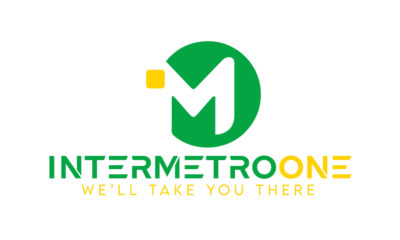
 Businessuite News242 days ago
Businessuite News242 days ago
 Businessuite Women2 weeks ago
Businessuite Women2 weeks ago
 Businessuite News24 International1 week ago
Businessuite News24 International1 week ago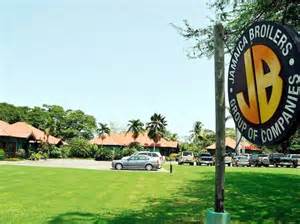
 Business Insights3 weeks ago
Business Insights3 weeks ago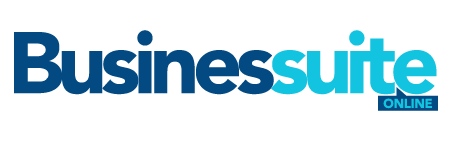





 FosRich is primarily a distributor of electrical, lighting, and solar energy products. FosRich aims to differentiate itself from its competitors in the Jamaican marketplace by providing a quality and cost effective service, and by collaborating with clients on technical solutions. FosRich partners with large global brands seeking local distribution such as Huawei, Philips Lighting, Victron Energy, Siemens, NEXANS and General Electric. FosRich has a staff complement of two hundred and forty (240) people across ten (10) locations in Kingston, Clarendon, Mandeville, and Montego Bay. FosRich also has a team of energy and electrical engineers who offer technical advice and install solar energy systems, solar water heaters and electrical panel boards.
FosRich is primarily a distributor of electrical, lighting, and solar energy products. FosRich aims to differentiate itself from its competitors in the Jamaican marketplace by providing a quality and cost effective service, and by collaborating with clients on technical solutions. FosRich partners with large global brands seeking local distribution such as Huawei, Philips Lighting, Victron Energy, Siemens, NEXANS and General Electric. FosRich has a staff complement of two hundred and forty (240) people across ten (10) locations in Kingston, Clarendon, Mandeville, and Montego Bay. FosRich also has a team of energy and electrical engineers who offer technical advice and install solar energy systems, solar water heaters and electrical panel boards.

 Key Financial Highlights
Key Financial Highlights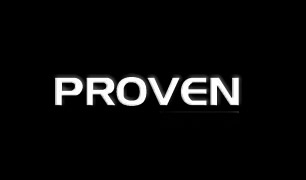

 For the three months ended March 31, 2025, the Group generated revenue of $29.97 million, which remained relatively flat compared to the $30.01 million earned in Q1 2024. This consistency aligns with the Group’s strategic shift toward more predictable recurring revenue streams. Notably, the team has continued to invest heavily in Amigo, a new initiative designed to drive scalable recurring income through a modernized business model.
For the three months ended March 31, 2025, the Group generated revenue of $29.97 million, which remained relatively flat compared to the $30.01 million earned in Q1 2024. This consistency aligns with the Group’s strategic shift toward more predictable recurring revenue streams. Notably, the team has continued to invest heavily in Amigo, a new initiative designed to drive scalable recurring income through a modernized business model.


